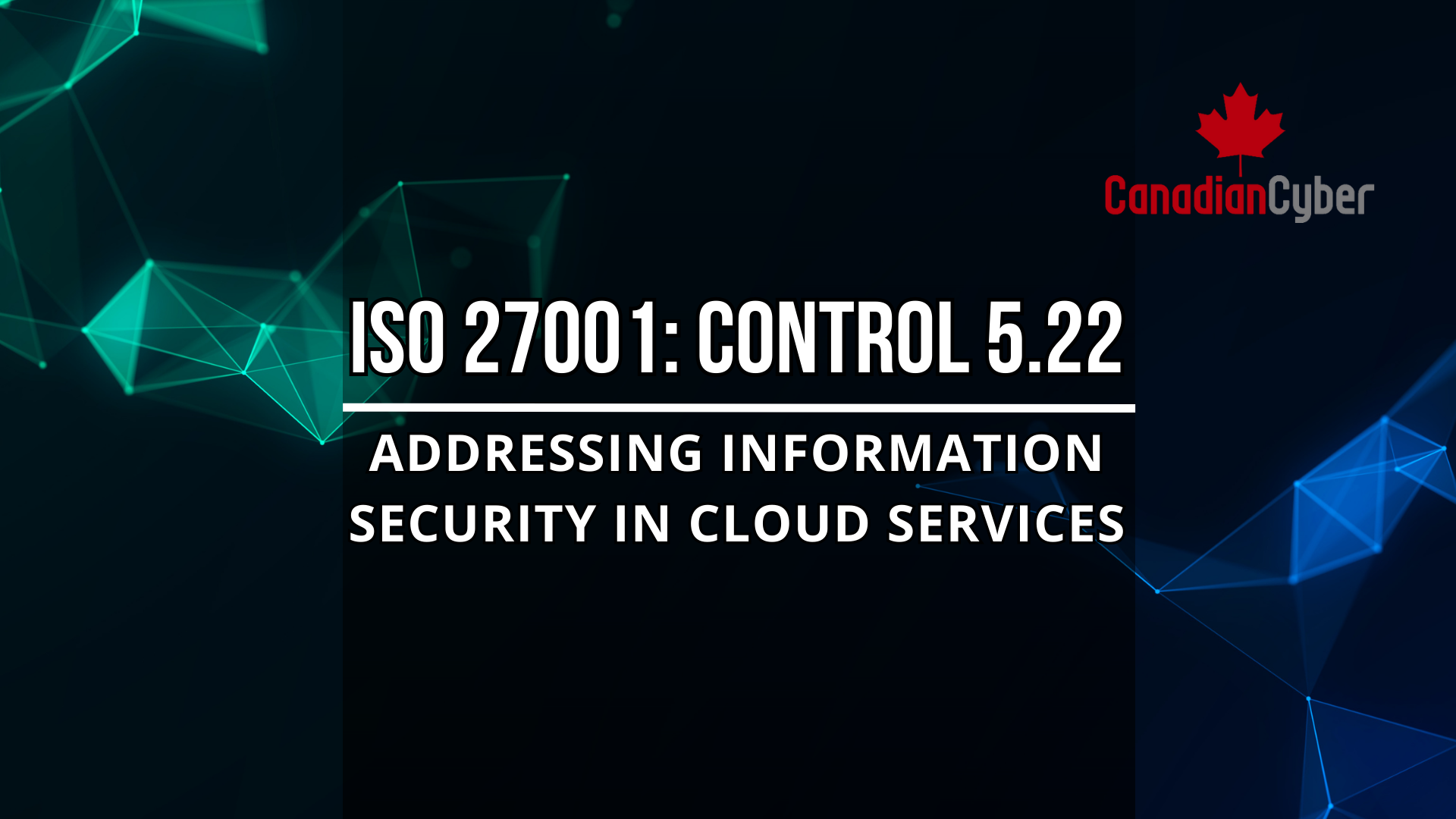ISO 27001 Control 5.22 ensures cloud service risks are addressed by setting clear security requirements, monitoring providers, and safeguarding compliance.

The cloud has transformed how organizations store, share, and process data. But while the cloud brings flexibility and scalability, it also comes with shared responsibility: you can outsource services, but not accountability.
ISO 27001 Control 5.22 ensures that security is addressed and enforced in all cloud service arrangements, so your sensitive data stays safe no matter where it’s hosted.
🔒 Control Title: Addressing Information Security in Cloud Services
📘 Source: ISO/IEC 27002:2022, Section 5.22
🧩 Control Category: Organizational
🔍 Attributes:
🎯 Control Objective
To ensure that information security requirements for cloud services are identified, agreed upon, and implemented covering risks such as data breaches, loss of control, and compliance failures.
1) Clarify the Shared Responsibility Model:
2) Set Security Requirements in Cloud Contracts:
3) Assess Provider Security:
4) Monitor Cloud Environments:
5) Plan for Exit and Portability:
Without cloud-specific security measures:
With strong cloud security management:
At Canadian Cyber, we specialize in cloud security and compliance.
From Microsoft 365 and Azure to multi-cloud environments, we help businesses implement ISO 27001, ISO 27017, and ISO 27018-aligned practices that keep their cloud usage secure and compliant.
We can help you assess your cloud providers, tighten security configurations, and embed compliance into your cloud strategy.
👉 Click here to secure your cloud journey.